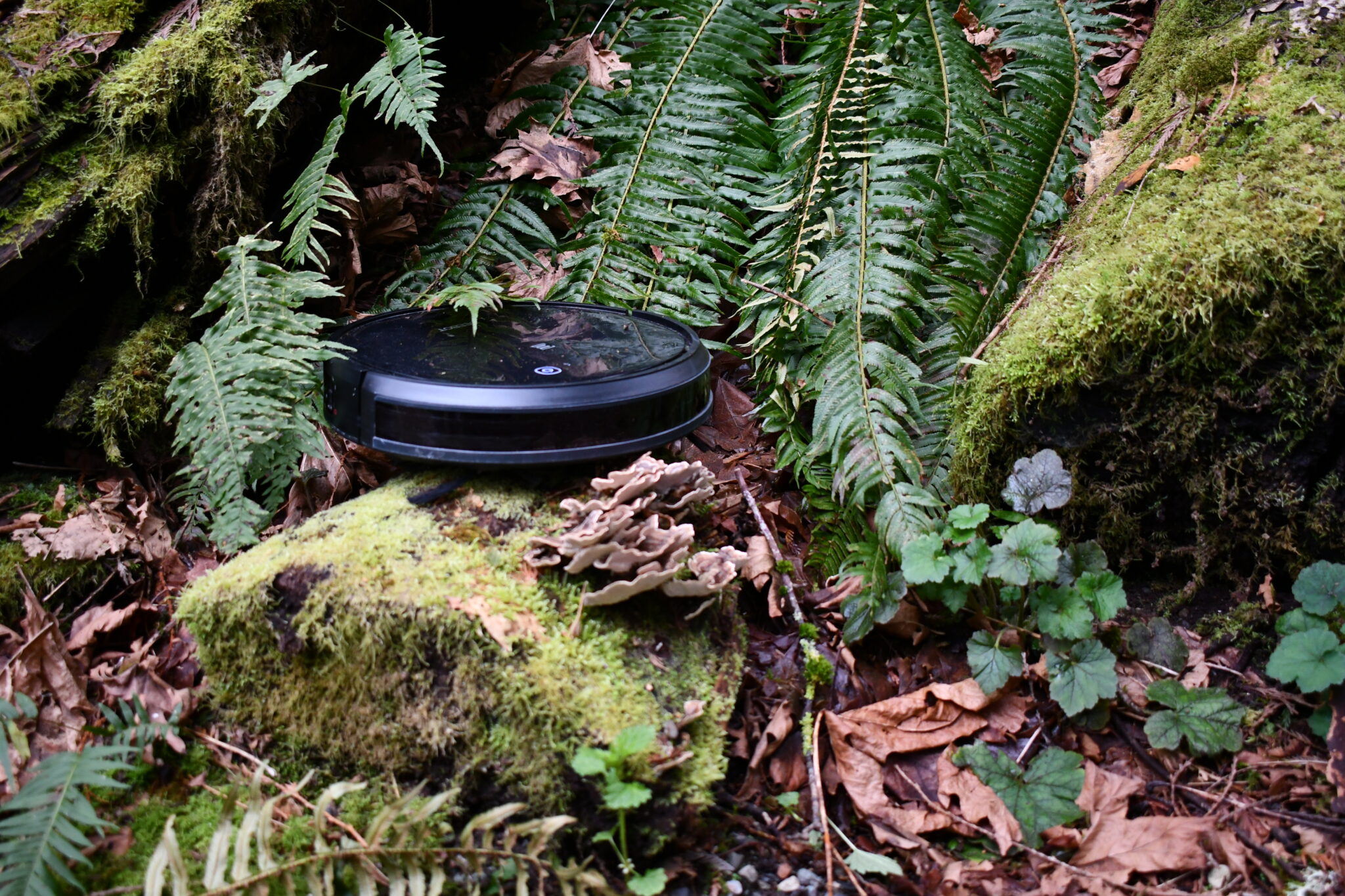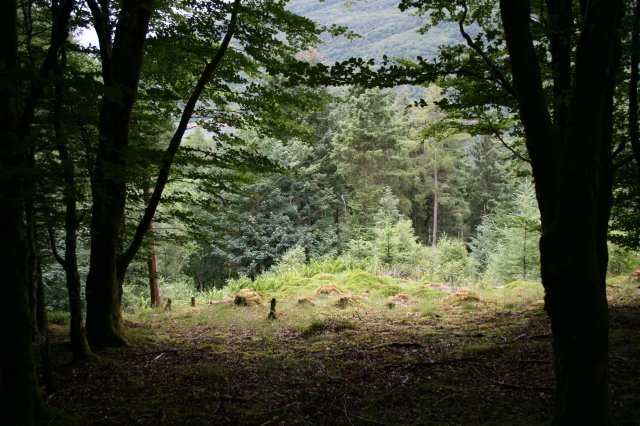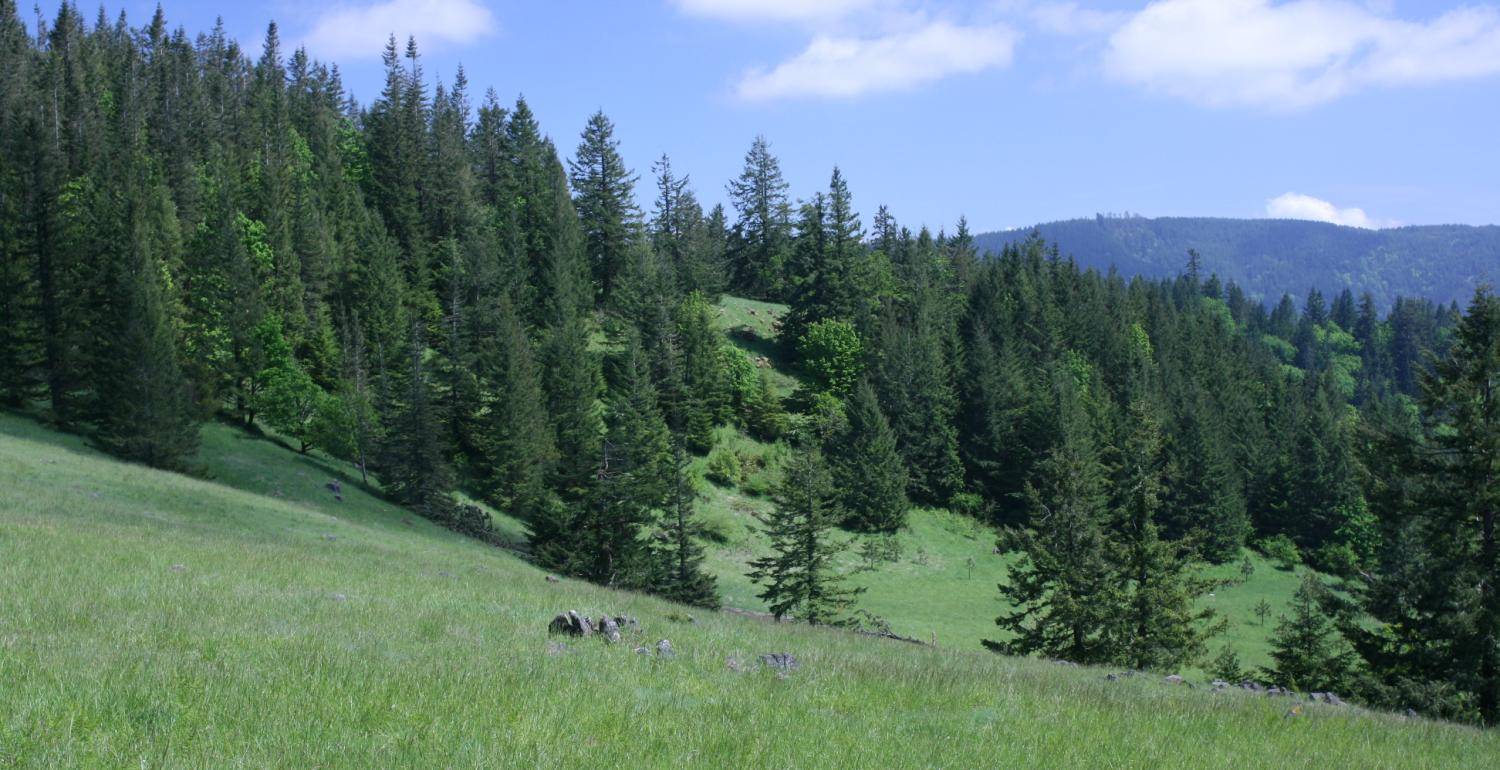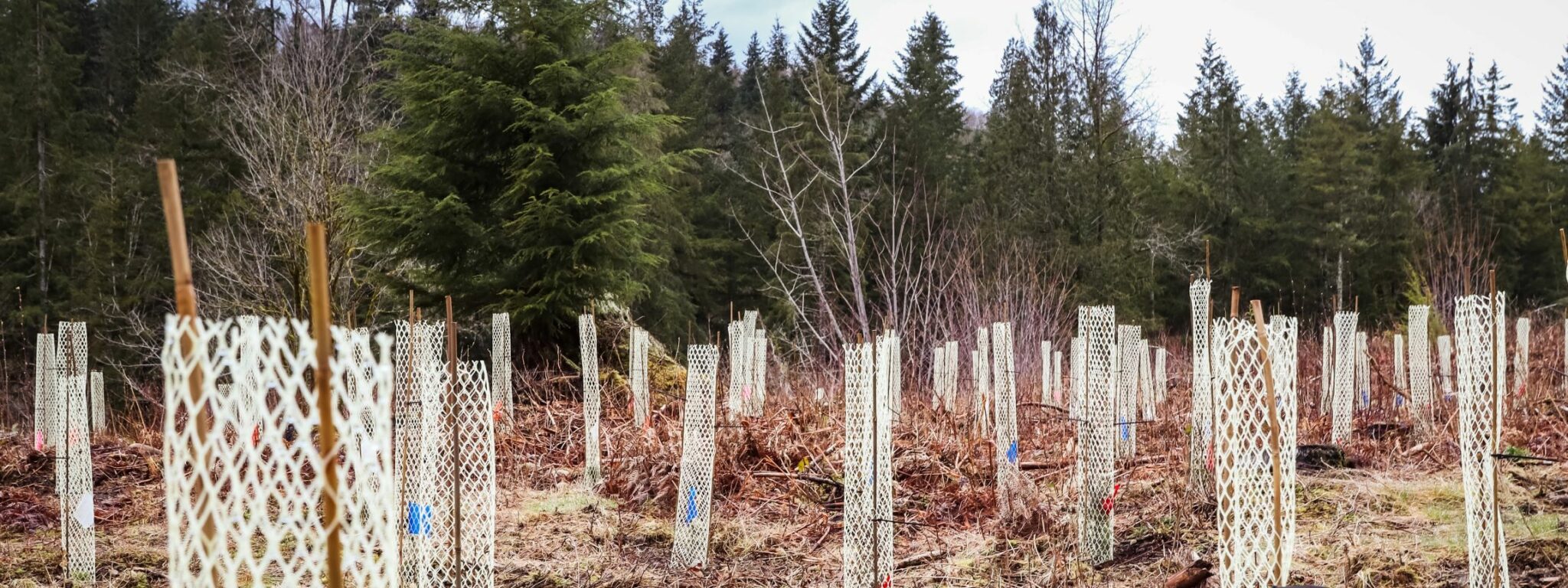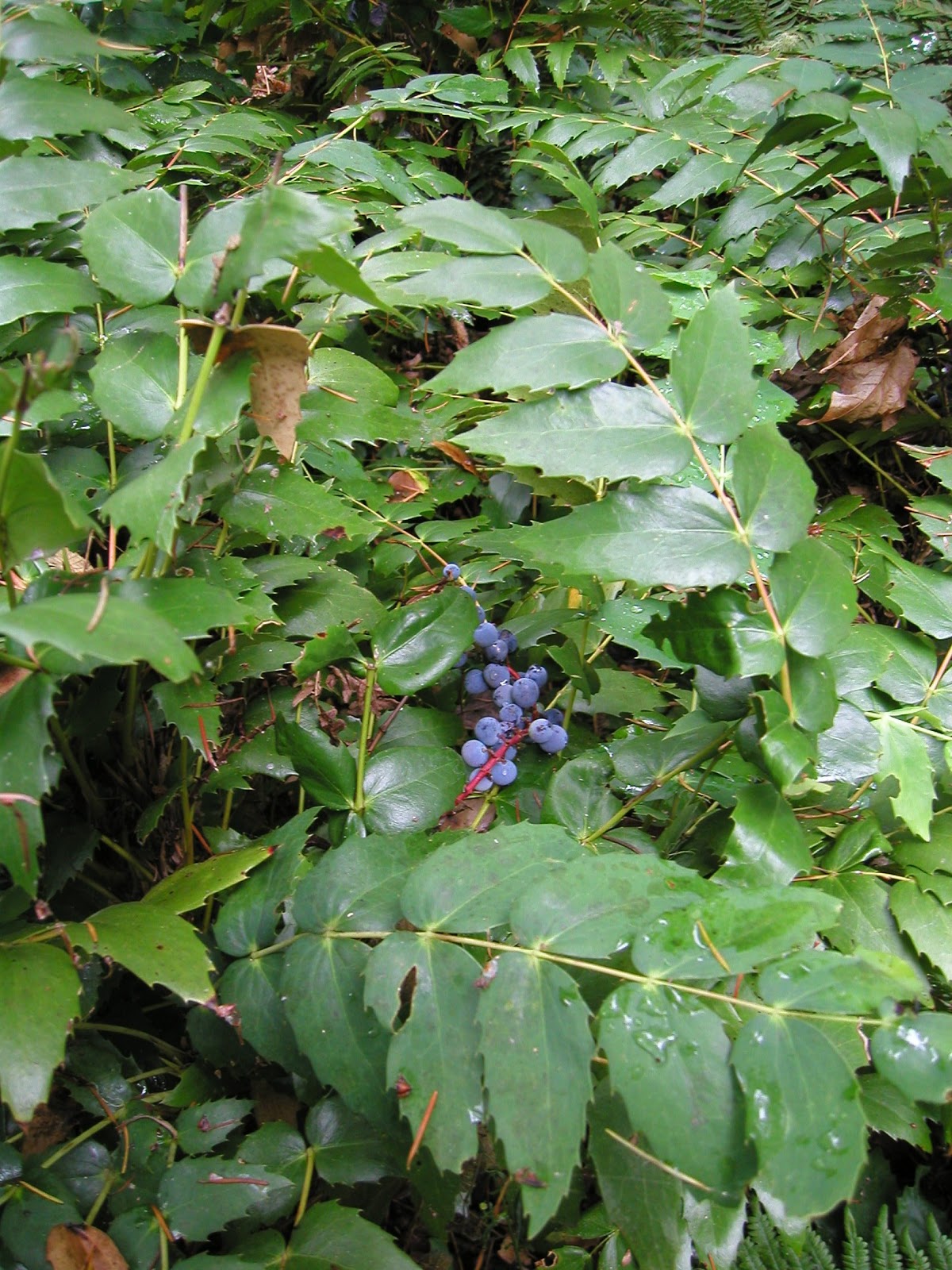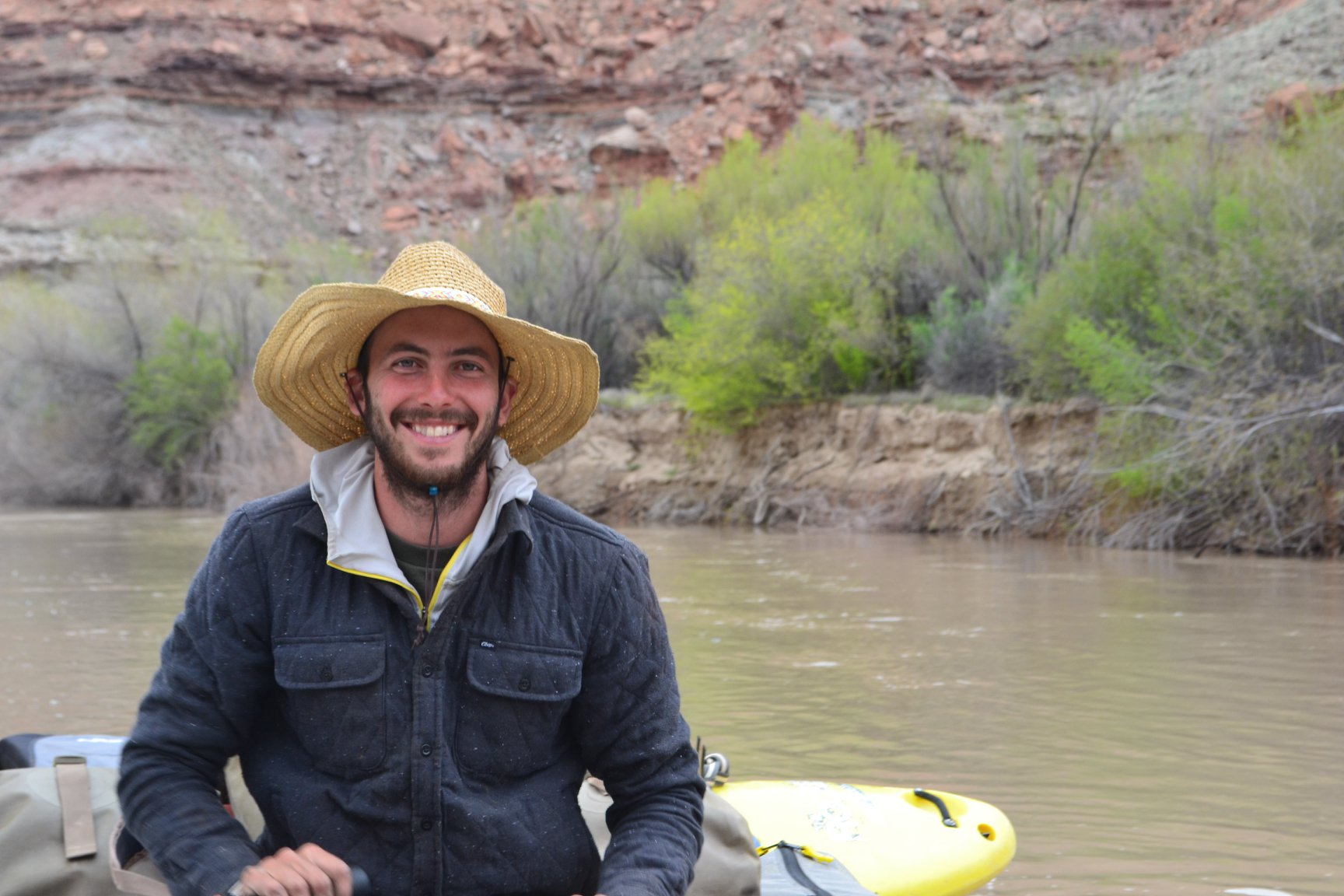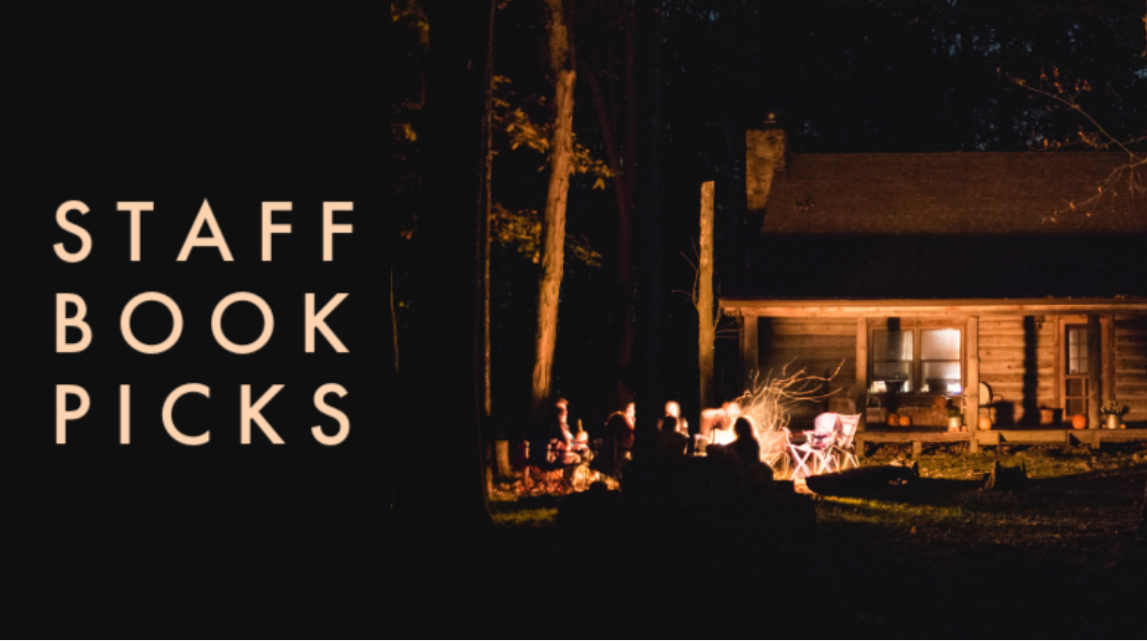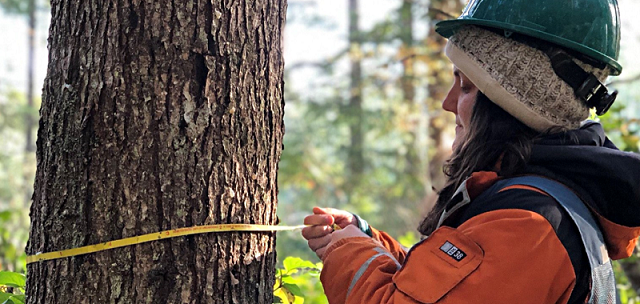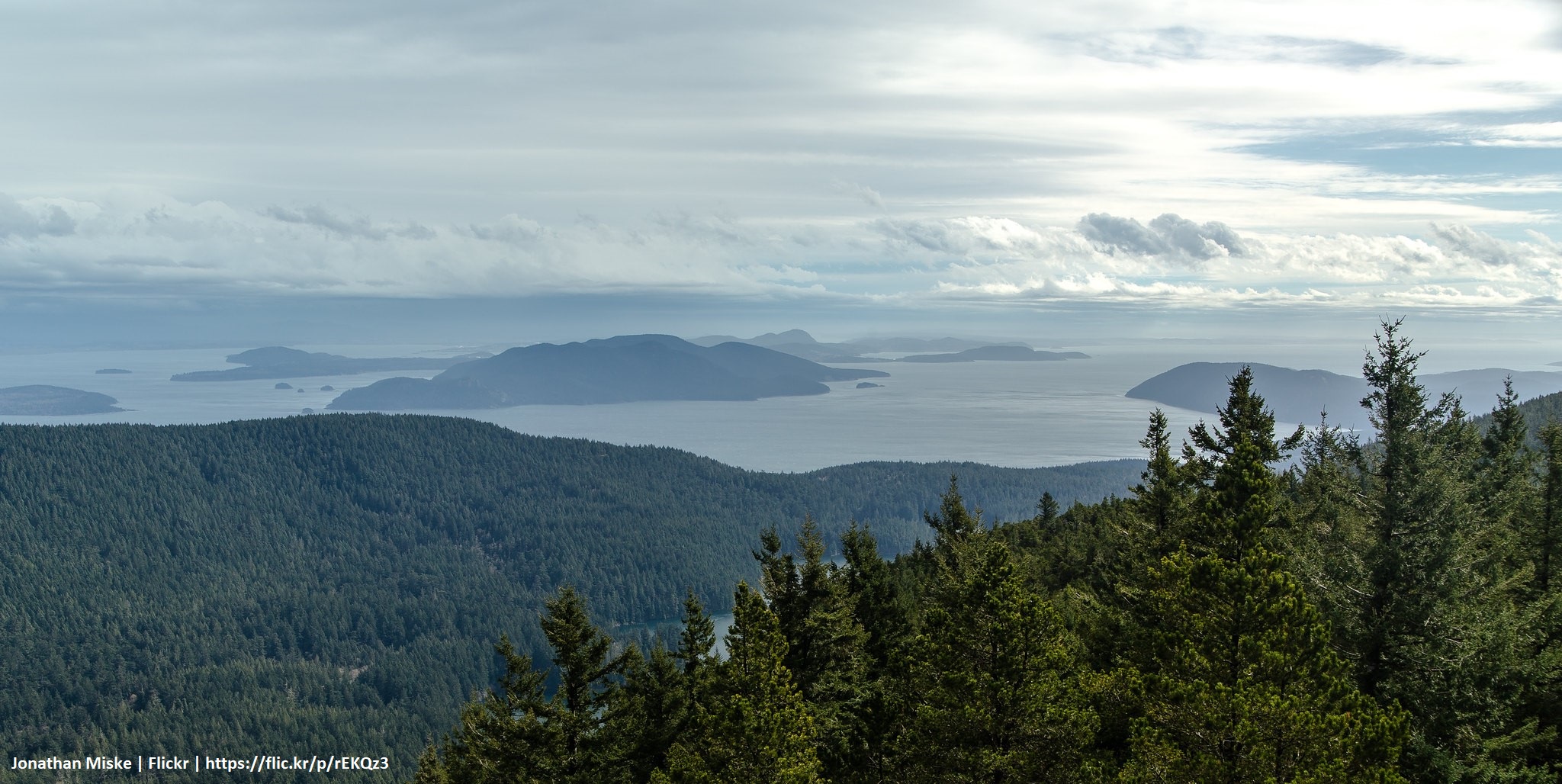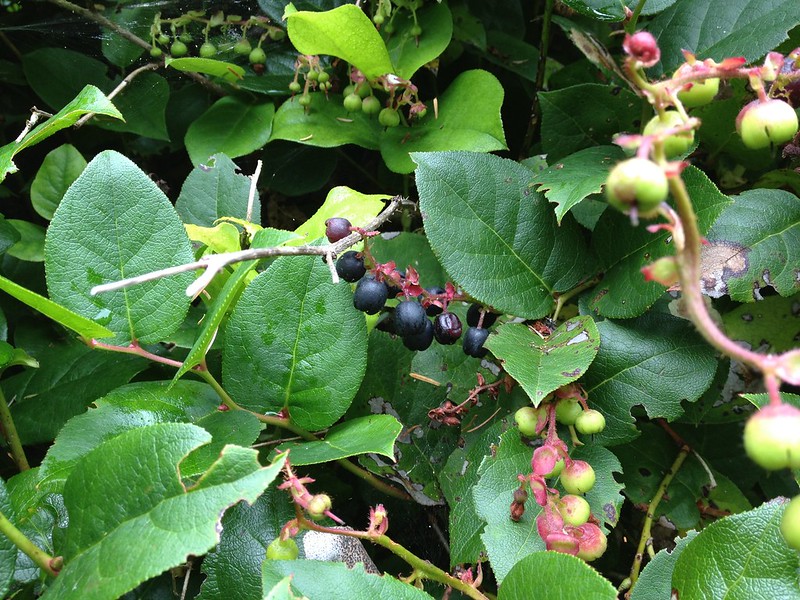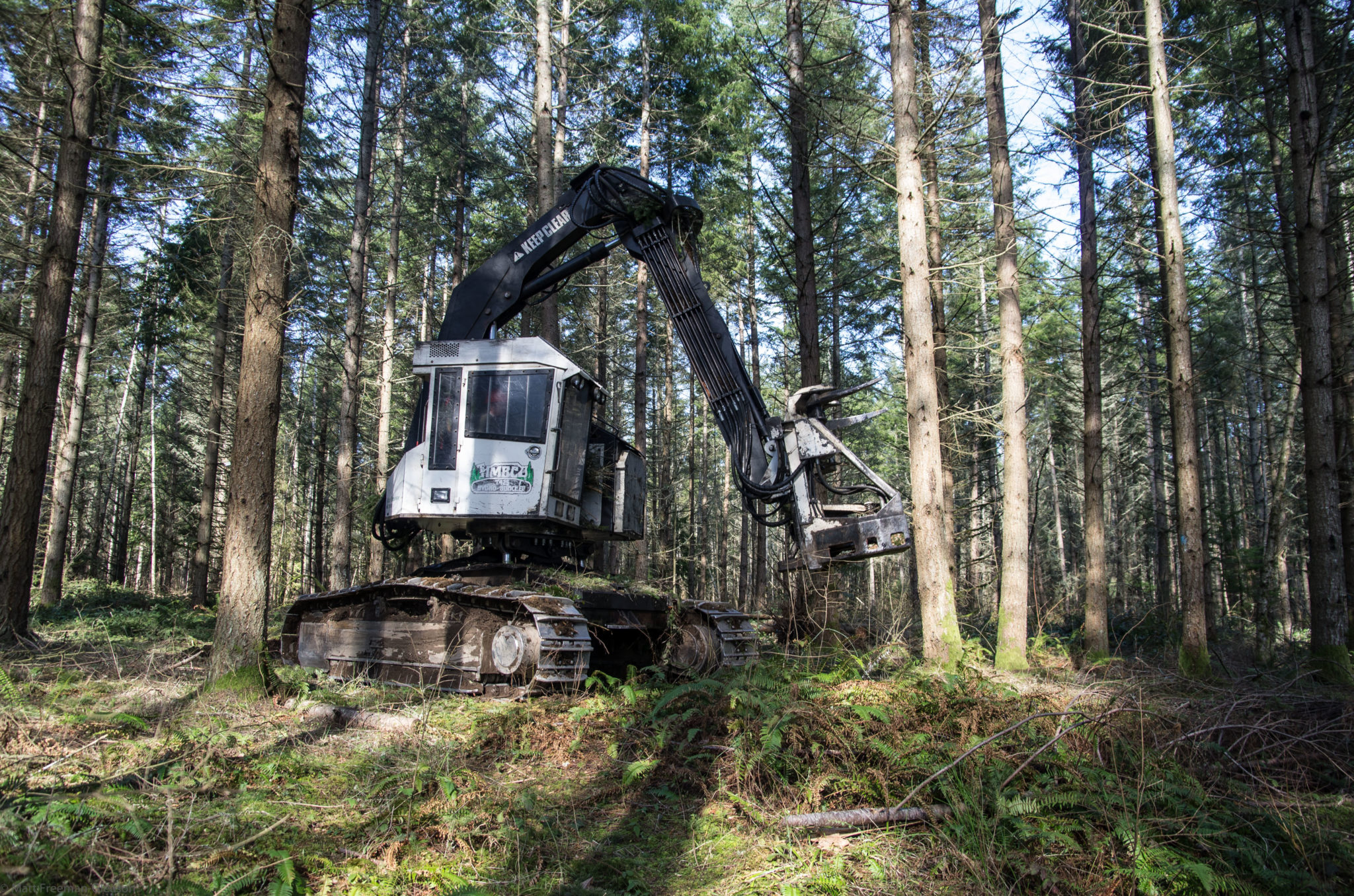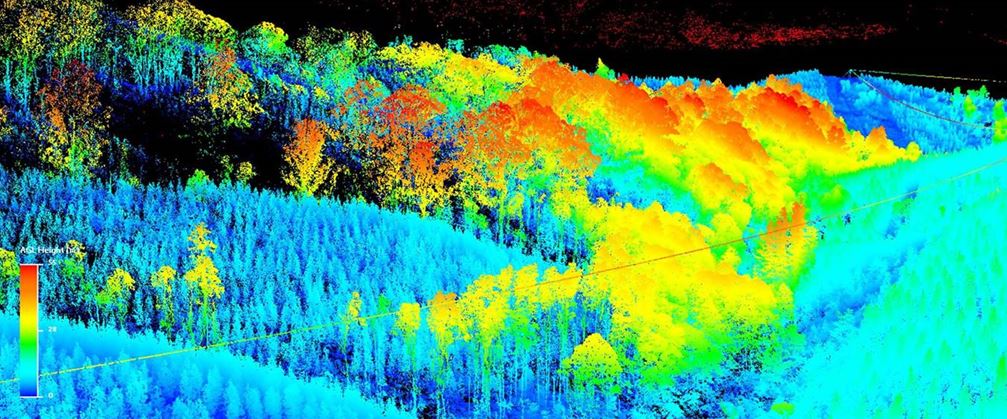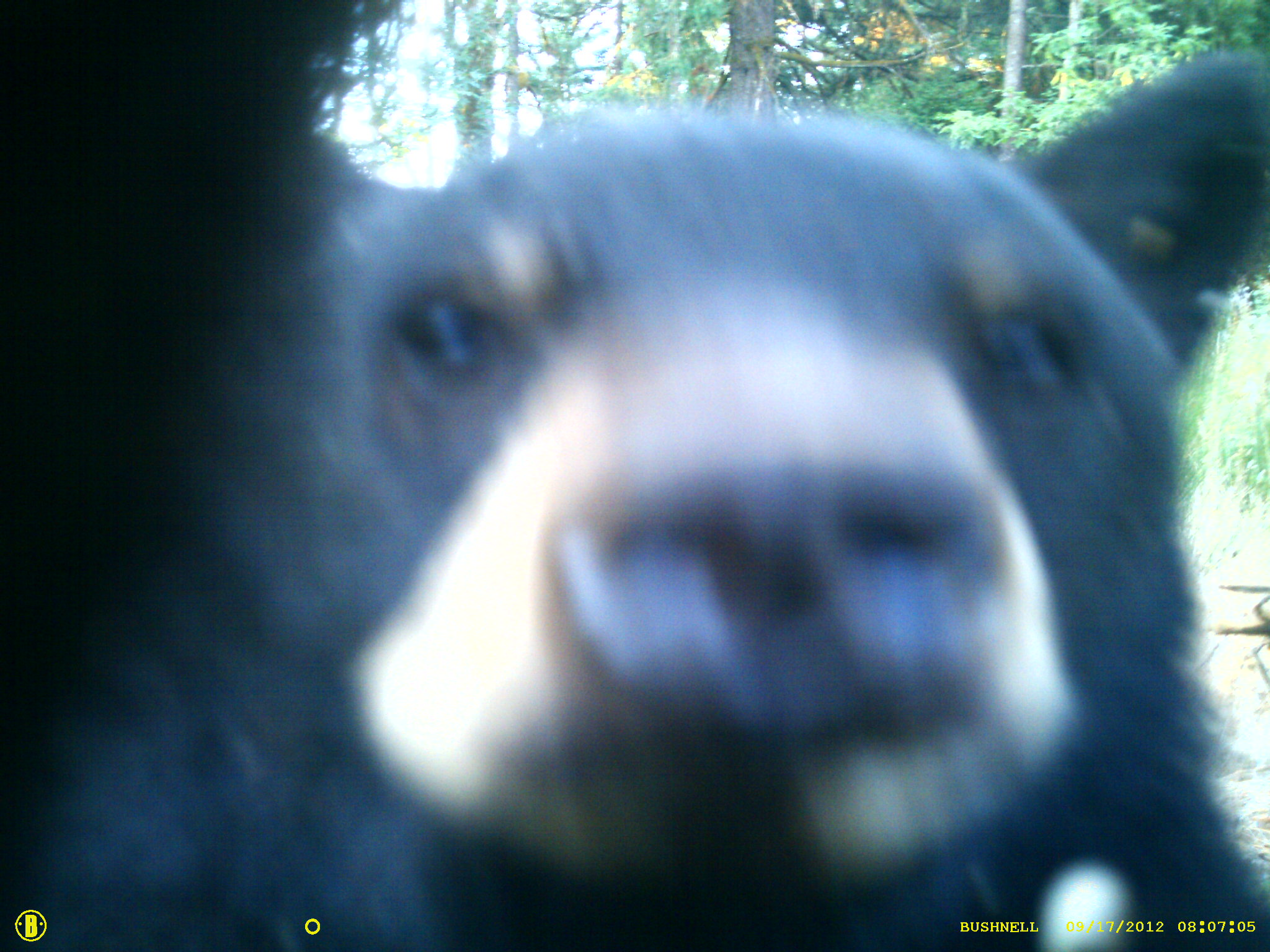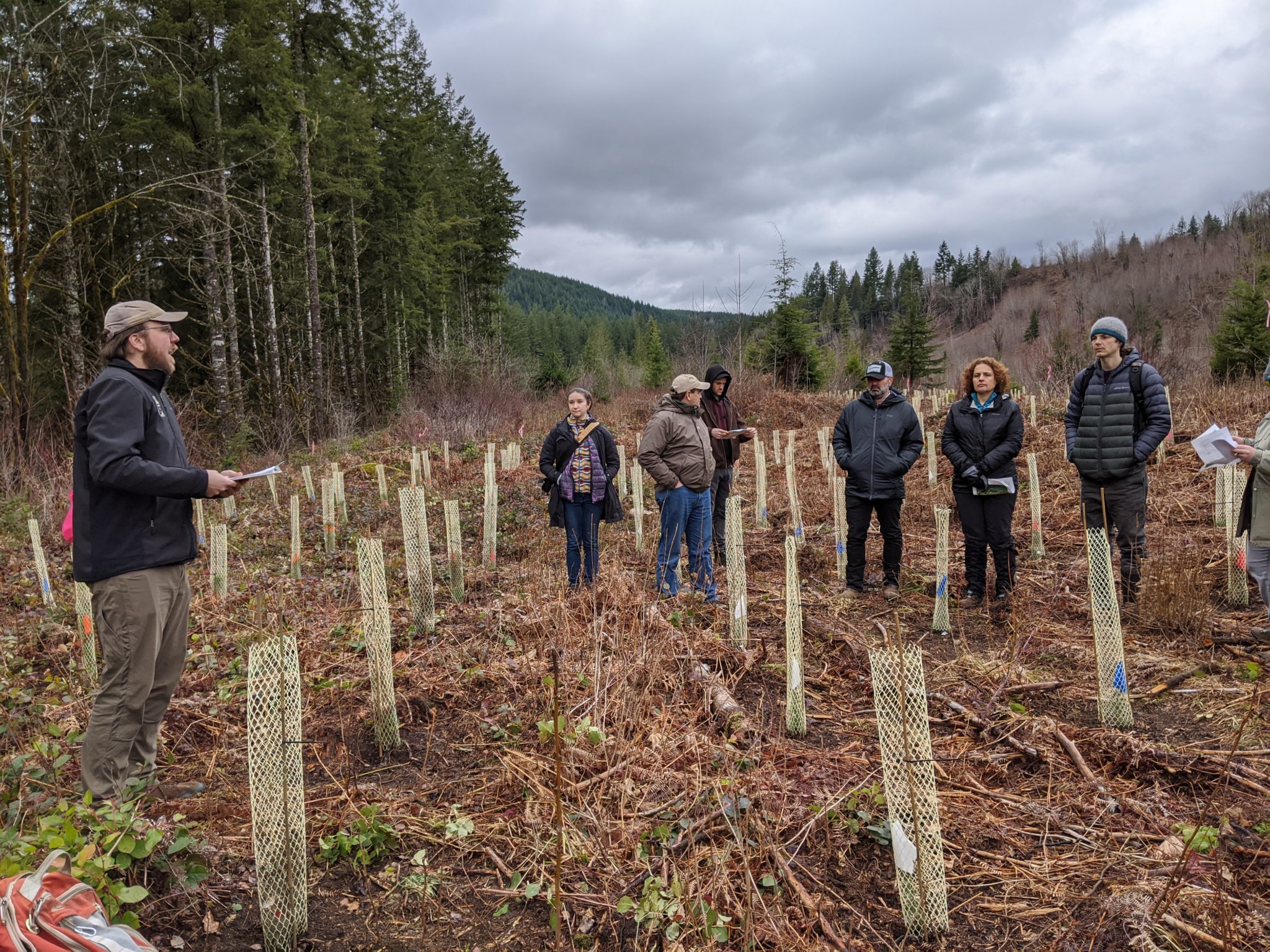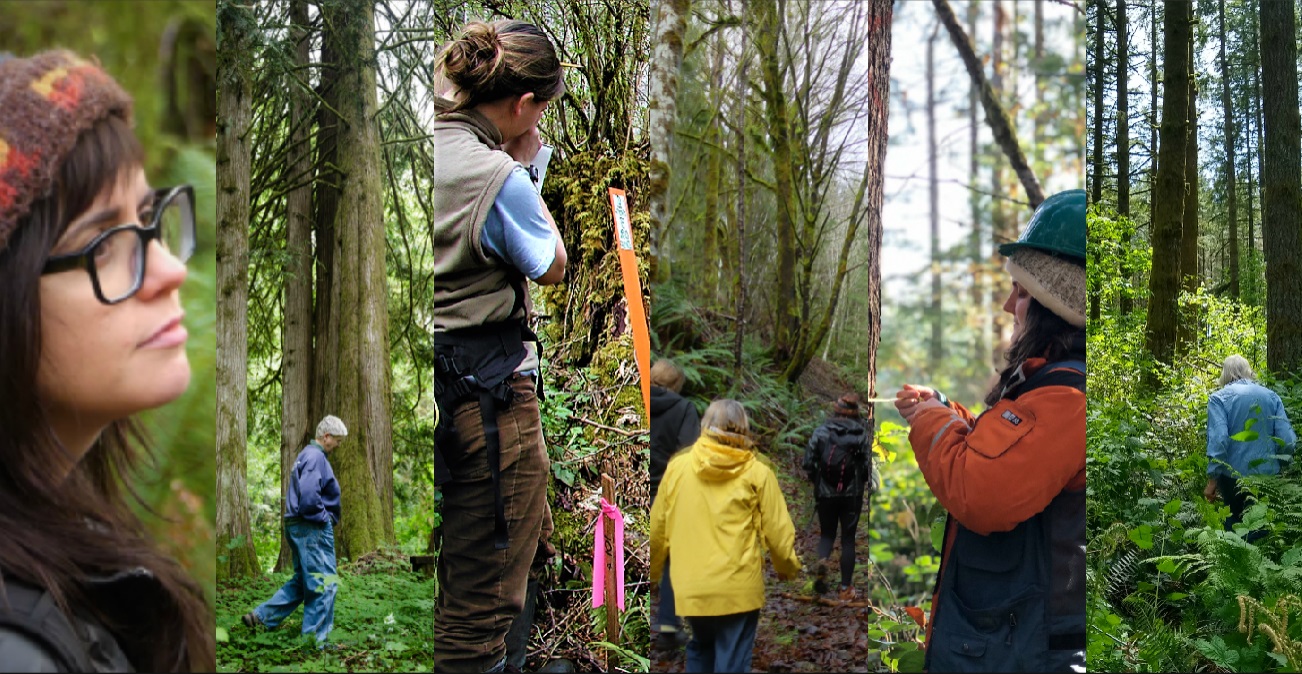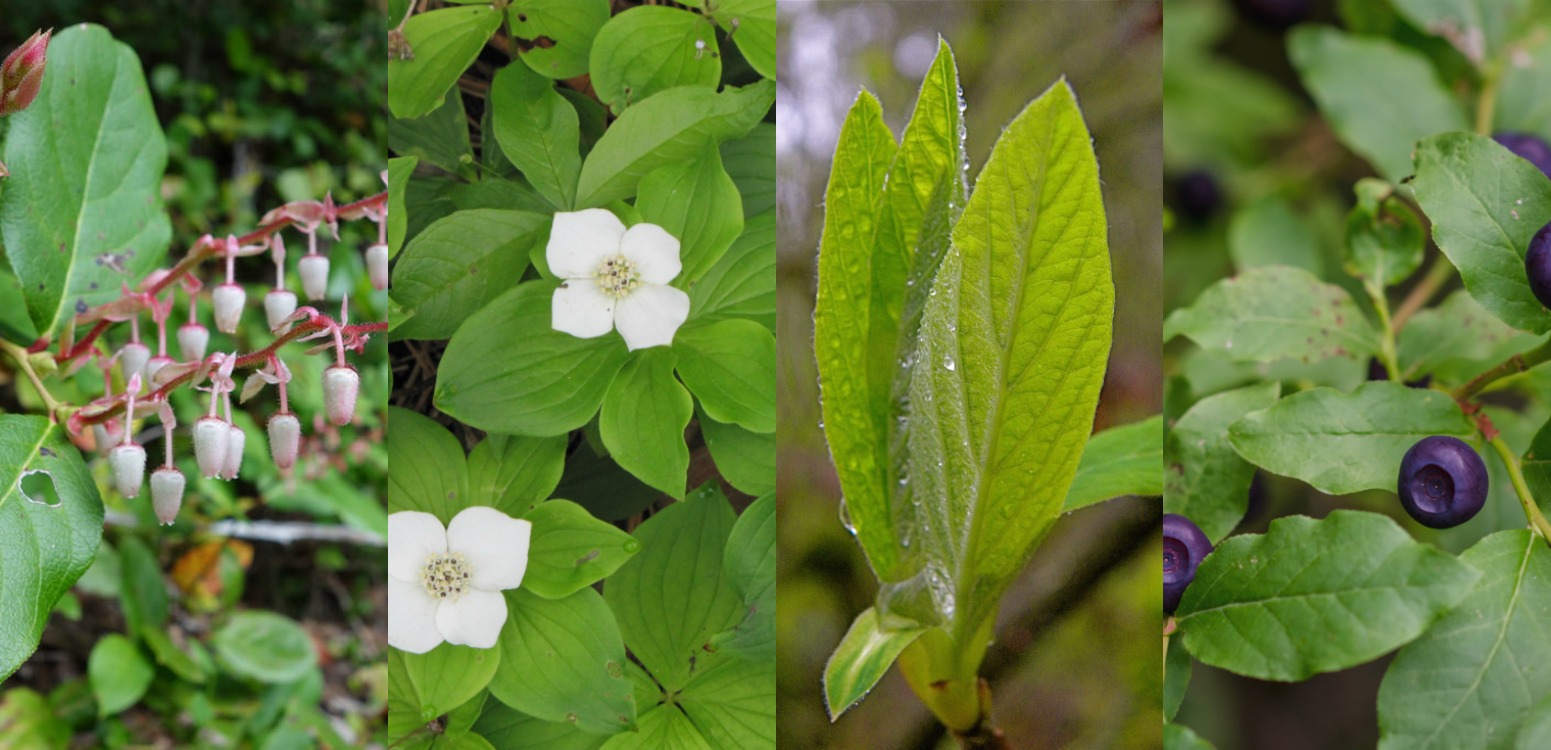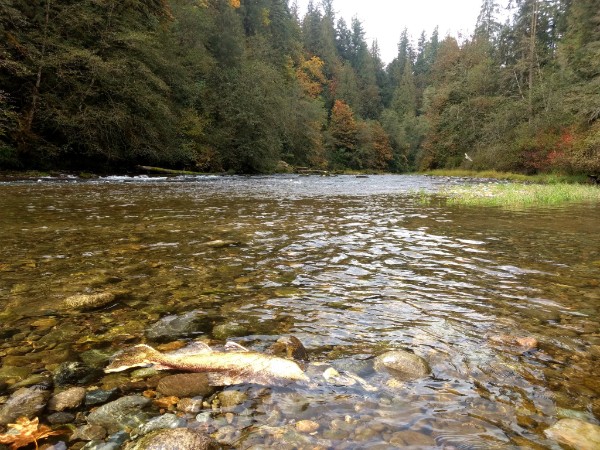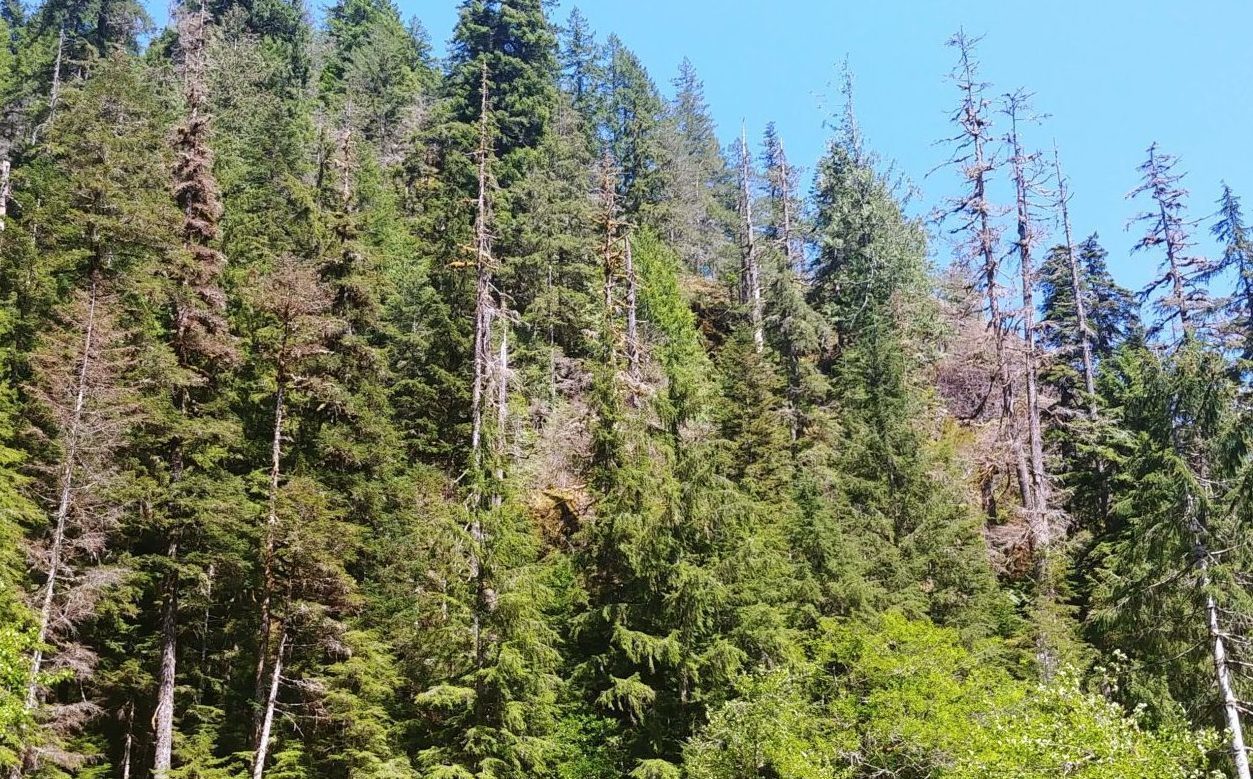Jason Lee let his gaze drift past the Roomba ambling across his living room, and out the floor-to-ceiling window framing a view of the forest behind his Issaquah home. A software programmer at one of the region’s leading high-tech firms, he was looking for a new quarantine challenge after making homemade sourdough for the umpteenth […]
From the Blog
Some Benefits of Small Clearings in a Sustainable Forest
This article was written by Tim Schomberg, prior of North Cascades Buddhist Priory, which is a member of NNRG’s Group FSC Certificate. By Tim Schomberg I manage over 200 acres of forest owned by our church. This forest was once part of a Weyerhaeuser Corporation tree farm of about 900 acres. The whole of the 900 […]
Working with Partners on Rare Habitats
This article, by Jim Merzenich of Oak Basin Tree Farm, was first published in the Fall 2020 edition of Northwest Woodlands, a publication of the Oregon Small Woodlands, Washington Farm Forestry, Idaho Forest Owners & Montana Forest Owners Associations. Northwest Woodlands magazine is a benefit of membership in one of these associations – click on […]
Eye to the Future: Adaptation Survey Results
Before the holidays, NNRG and partners in the Forest Adaptation Network (FAN) conducted an initial survey to inform some of the work done by the Network, which is focused around the Puget Sound. While this survey had a small sample size of local restoration professionals, we think the results are of interest to many of […]
2021 Winter/Spring Native Plant Sales
The winter wet season in the Pacific Northwest is an ideal time to plant young trees and native shrubs! Planting native trees and shrubs enhances forest biodiversity by providing habitat for wildlife and forage for pollinators. It’s also a great way connect to the land and increase your aesthetic and recreational appreciation for the forest.
NNRG Adds Spencer Vieira to the Forestry Team
In a year marked by unusual challenges, NNRG found a lucky break in Spencer Vieira, who joined our forestry team in November as Forestry Technician.
NNRG Staff Book Picks!
For compelling holiday reading, start here. We asked NNRG staff to send over their top book recommendations in the forestry/ecology genre. The list includes fiction and non-fiction, classics and new hits. NNRG Director of Programs Rowan recommends: Eating Dirt: Deep Forests, Big Timber, and Life with the Tree-Planting Tribe by Charlotte Gill Gill uses stories about […]
Meet Teo Rautu, NNRG’s Newest Forester
When forest owners reach out to NNRG for help writing a Forest Management Plan, they’re taking an important step in improving the long-term health of their forest. NNRG’s latest addition to our Forestry Team, Teo Rautu, is just the person to help forest owners take that step. We first met Teo in 2019 when she […]
NNRG Expands San Juans ‘Rainshadow’ Education to Jefferson County
Nothing typifies the beautiful San Juan Islands more than the peeling, tri-color branches of a madrone snaking through a canopy.
Recipes From the Forest – Fall Edition
Delicious dishes can be made from the bounties found within our forests. Below are recipes for a few of them.
Getting to the Root (Rot) of the Forest
Phil Aponte has always loved forests. When he was an interpretive ranger for Mount Rainier National Park, Phil had the chance to walk the woods with renowned forest ecologist Dr. Jerry Franklin. Jerry took a group of park rangers into a stand of old-growth forest and had the rangers lie down to observe their surroundings. […]
Summer Forest Stewardship Tips
Summer is the perfect time for major forest management activities like thinning trees, controlling weeds and invasives, and maintaining roads.
A Field Guide to Harvest Equipment
The forests of the Pacific Northwest are teeming with movement and noise—not all of it animal in origin! Stroll through an NNRG member forest undergoing an ecological harvest or thinning and you might catch a glimpse of one of these logging machines (don’t forget to wear appropriate safety-gear!).
Seeing the Forest for the Tech
Advances in tech seem to happen so rapidly it can be hard to keep up. Super-efficient heavy machinery, digital applications, remote sensing & mapping tools, and drone technology have changed the way we manage forests.
Beavers, Bobcats, and Bears, Oh My!
If a bear ambles through a forest while no one’s watching, was it really there? Thanks to wildlife cams — and our understanding of the metaphysical possibility of unperceived existence — we know that bear was really there!
Stossel Creek Case Study: Adaptive Restoration
Climate Change in the Pacific Northwest A changing climate can lead landowners to wonder how to increase the resilience of lands and forests to changing conditions around heat and moisture. The question is no longer if the climate is changing, but rather how fast and how much – and what the impact will be on […]
Women in the Woods: Then and Now
Here we are at the beginning of National Women’s History Month, this Sunday is International Women’s Day (March 8th), and it feels like the right time to shout from the rooftops how important women are to sustaining healthy forests. That fact doesn’t change when March ends — so we promise not to stop shouting it!
2020 Winter/Spring Native Plant Sales
The winter wet season in the Pacific Northwest is an ideal time to plant young trees and native shrubs! Planting native trees and shrubs enhances forest biodiversity by providing habitat for wildlife and forage for pollinators. It’s also a great way connect to the land and increase your aesthetic and recreational appreciation for the forest.
The (Life and) Death Cycle of the Salmon
Edit
If you’re hoping to spot salmon in the forest this season, a creek or river is your best bet. But if you limit your searches to fin-spotting at the water’s edge, you’re missing out on the full experience. Don’t forget to look to the trees.
Everett Workshop: Climate Adaptation Strategies for Pacific Northwest Forests
Climate change poses significant challenges for small forest owners in the Northwest. NNRG is hosting this workshop to help foresters and other land managers consider climate adaptation concepts and strategies in their management practices to meet their clients’ goals and sustain forests into the future.

